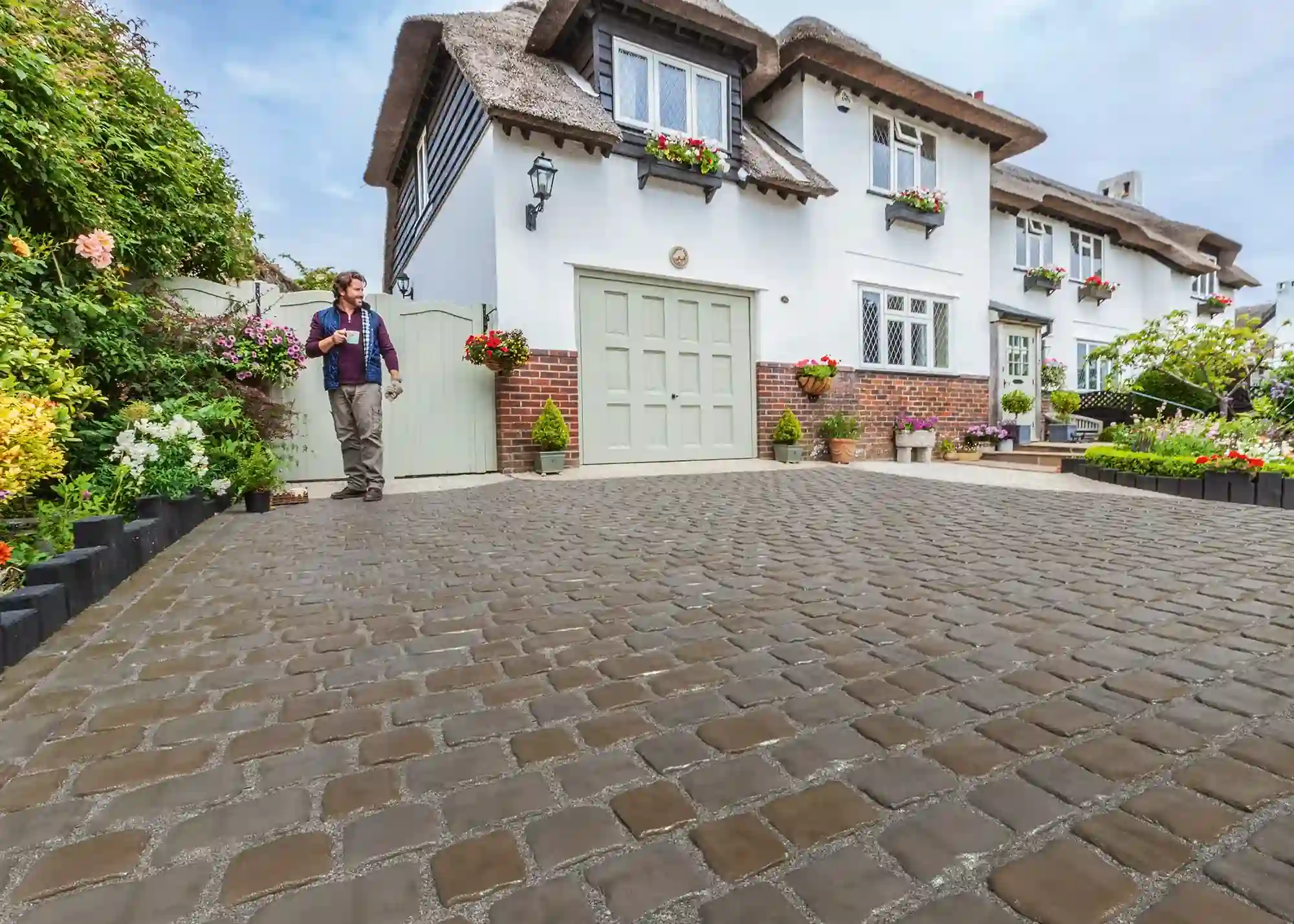Delving into the realm of property flipping, artists must navigate its complexities for lucrative returns. To optimize profits and minimize risks, understanding the dos and don’ts is paramount. By grasping key strategies and avoiding common pitfalls, artists can flourish in this high-stakes business. What separates successful flippers from those who struggle? Let’s explore the essential guidelines for a thriving property-flipping venture.
Key Takeaways
- Conduct thorough market research to identify profitable opportunities and minimize risks in property flipping.
- Create a detailed budget and contingency plan to ensure financial stability throughout the project.
- Avoid costly mistakes by recognizing and sidestepping common pitfalls, such as inadequate permits and poor renovation strategies.
- Optimize property renovations by selecting smart materials, designing functional layouts, and enhancing exterior appeal to meet buyer expectations.
- Price strategically by taking advantage of market trends, utilizing data-driven approaches, and identifying undervalued properties to maximize profits.
Understanding Property Flipping Risks
When venturing into the realm of property flipping, it is vital to acknowledge the inherent risks involved, as a thorough understanding of these potential pitfalls can mean the difference between success and financial ruin. Identifying and mitigating these risks is fundamental to maximizing profits in property flipping, a critical aspect of Property Flipping Dos and Don’ts.
Essential Property Flipping Dos
By recognizing and mitigating the risks associated with property flipping, investors can now focus on the proactive strategies that drive success, starting with the fundamental dos that set the stage for profitable renovations and resales. To maximize profits, remember to:
- Conduct thorough market research to identify profitable opportunities.
- Create a detailed budget and contingency plan.
- Secure necessary permits to avoid costly delays.
- Employ a professional team to guarantee high-quality renovations.
Avoiding Costly Property Flipping Don’ts
When exploring the detailed terrain of property flipping, avoiding costly mistakes is just as vital as implementing effective strategies, and being aware of the common pitfalls can mean the difference between a profitable venture and a financial disaster. By recognizing and sidestepping these Property Flipping Dos and Don’ts, artists can minimize risks and maximize profits in their property flipping endeavors.
Effective Property Renovation Strategies
To maximize profits in property flipping, artists must adopt effective property renovation strategies that balance aesthetic appeal with functional practicality, ensuring that refurbished properties meet the expectations of astute buyers.
Here are some key considerations for effective renovation strategies:
- Optimize layout: Optimize floor plans for modern living.
- Smart material selection: Balance quality, durability, and cost.
- Lighting design: Create ambiance and highlight best features.
- Exterior visual appeal: Highlight visual appeal and first impressions.

Maximizing Profits With Smart Flips
Taking advantage of the latest market trends and embracing a data-driven approach, astute property flippers can maximize profits with intelligent flips that generate substantial returns on investment. By identifying undervalued properties, utilizing cost-effective renovations, and pricing strategically, savvy investors can capitalize on market opportunities and secure lucrative deals, exemplifying the Property Flipping Dos and Don’ts that lead to success.
Frequently Asked Questions
What Is the Ideal Location for a Property Flip Project?
When identifying the perfect spot for a property flip project, consider areas with high demand, restricted supply, and proximity to amenities, ensuring a strong resale market and potential for substantial returns on investment.
How Do I Determine the Optimal Renovation Budget?
To determine the best renovation budget, calculate the property’s after-repair value (ARV) and subtract the purchase price, holding costs, and desired profit margin, then allocate 70-80% of the remaining amount for renovation expenses.
Can I Flip a Property While Still Living in It?
While residing in a property, flipping it can be intricate, so weigh the benefits of heightened renovation control against potential sentimental attachment and tax implications, carefully considering the pros and cons before deciding.
What Is the Best Way to Stage a Flipped Property?
To effectively stage an inverted property, create a welcoming atmosphere by tidying up, depersonalizing, and showcasing the property’s top features, ultimately displaying a neutral, ready-to-move-in space that appeals to potential buyers.
Do I Need a Real Estate License to Flip Properties?
In the United States, a real estate license is not typically required to flip properties, but it may be advantageous in accessing listings and negotiating deals; yet, local laws and regulations should be consulted to guarantee compliance.
Conclusion
To sum up, successful property flipping hinges on adhering to important dos and avoiding costly don’ts. Conducting thorough market research, creating a detailed budget, securing necessary permits, and employing a professional team for renovations are vital for maximizing profits. By recognizing opportunities and avoiding pitfalls, artists can capitalize on market trends, make intelligent flips, and increase profitability in the property flipping business. Strategic planning and effective renovation strategies are key to achieving success in this lucrative market.
You may also love to read: Benefits of Personalized Lunches for Artists









